In the first part of this series, we looked at what has been going with the 3D printing of bicycles and tried to show you why certain things will become opportunities and actual end-use products in the bicycle world.
Most people will see 3D printing as something for one-off or high-end components. In the case of a Pinarello made specifically for a Bradley Wiggins record attempt, this is indeed happening. In that case, the application was a “set of 3D printed titanium handlebars which have been custom made to fit Wiggins’ forearms.”
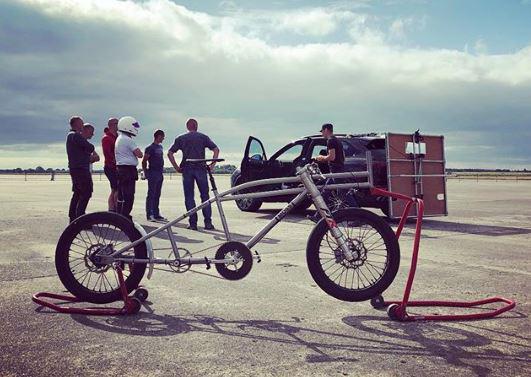
In another record attempt, Campbell was riding a bicycle with 3D printed components when he broke the European motor-assisted cycling speed record a few days ago. Campbell reached a speed of 217.7 km” behind a Porsche Cayenne.
More quotidian parts can now be customized by 3D printing at much more affordable prices, as well. One example is components made by small customization companies.
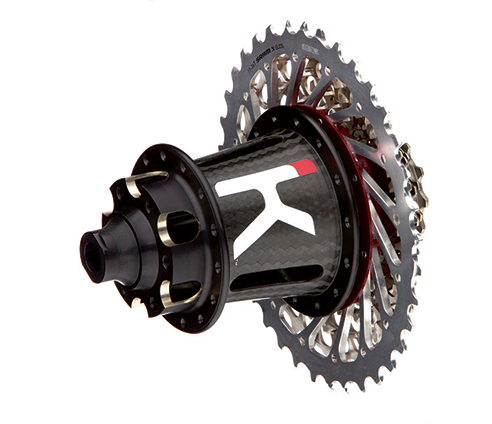
One of the things that we’ve been seeing is a prolonged commercial success, albeit in a small form, because of the economics of 3D printing. These $700 bike hubs by Kappius have been made on EOS machines since 2016 in maraging steel. The team ended up making them since the iteration and time-to-market of the hubs was shortened through 3D printing. I love this example because it’s not a big company conducting a marketing campaign, but a small one using 3D printing because it makes sense.
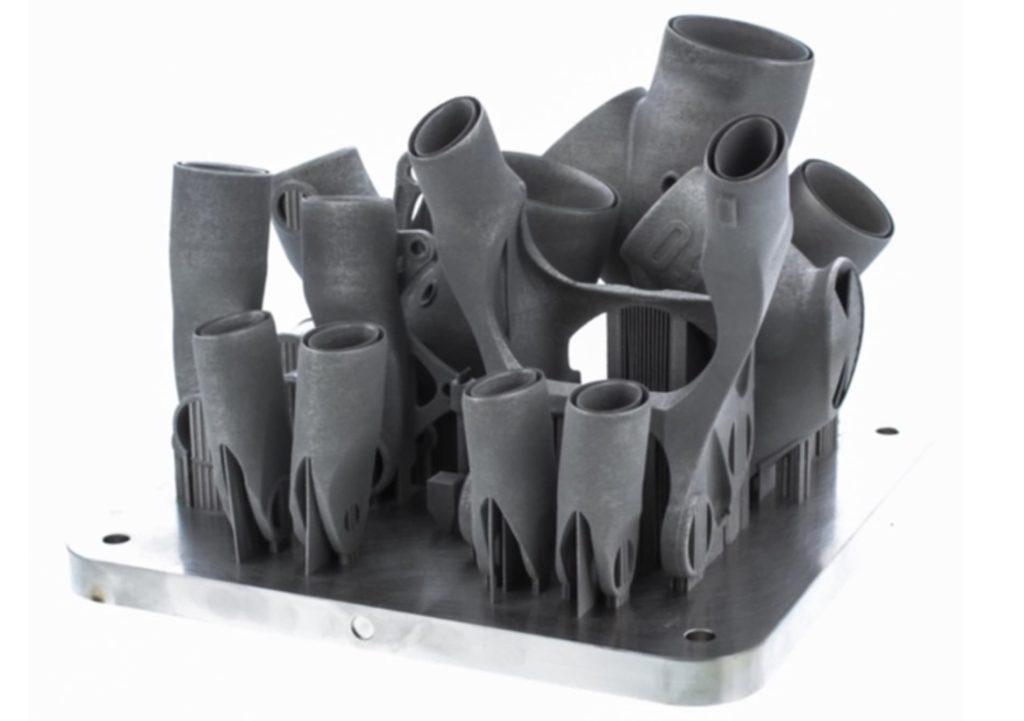
Titanium 3D printed lugs
Another small company also shows that 3D printing can empower small businesses and designers to make components inexpensively and quickly. The Robot Bike Company used 3D printing to make lugs for their mountain bike.
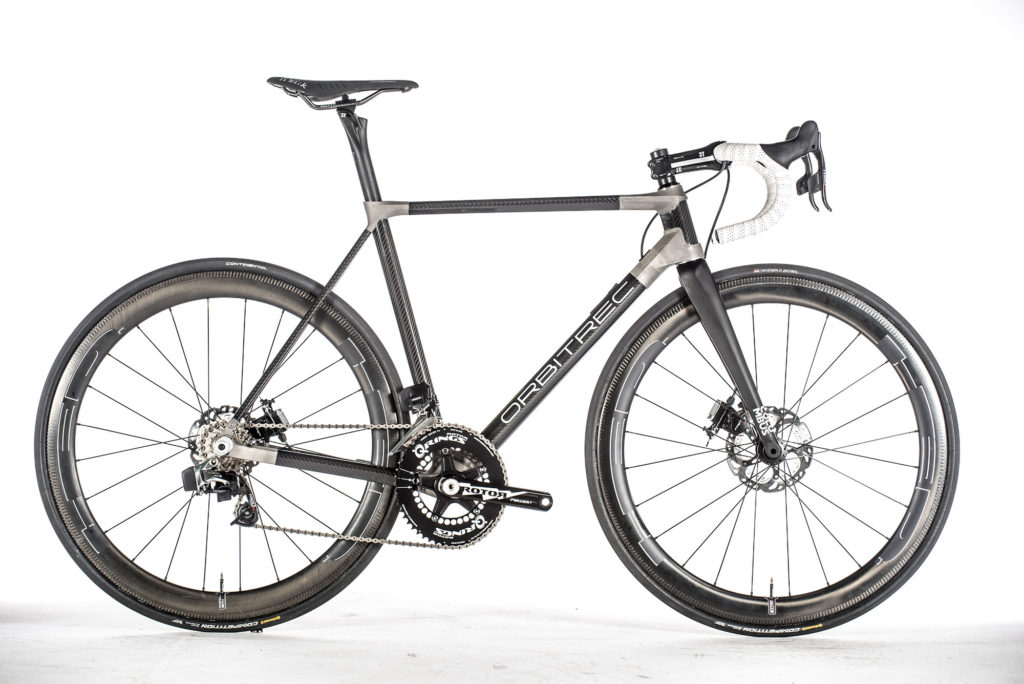
Another comparatively small business is Triple Bottom Line whose Orbitec bike uses 3D printed components. As stated in the previous article, metal 3D printed lugs can readily be customized to create unique frame geometries for one person. In another project, the company tried to print most of the components.
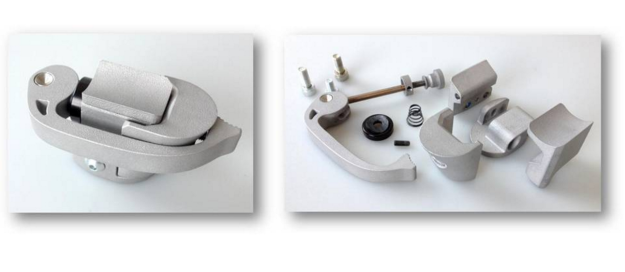
In the case of Montague bikes, they have been using Shapeways to print out polymer parts for form-fit testing for bicycles. This is seen as yet another boring use of prototyping but it is the technology that bike companies will use first. Few will make the leap directly to production without having come into contact with 3D printing initially through prototyping. We must not forget just how important prototypes are in opening up our market to new users.

Nuova SPA electric bicycle Bicicletto and Materialise also showed that we can use 3D printing for prototyping but also for end-use parts on the bike being prototyped.

For another electric bike, Kinazo actually 3D printed the entire frame using powder bed fusion, which ended up making the bike cost over $20,000. In another more cost-effective implementation, GSD made a motor node for an e-bike that was lighter and 75% more cost-effective.
On the whole, we can see a lot going on in 3D printing and bicycles. What are the opportunities in using 3D printing for bicycles?
- We can produce components quicker and shorten our time to market.
- We can produce lightweight components.
- We can produce smaller series components for special bicycles.
- We can iterate faster making more market-fitting components faster.
- We can innovate faster by inventing and bringing to market things that did not previously exist.
- We can customize components to the individual rider to increase her comfort or performance. These components could be handles or seats for example.
- We can customize frame geometry to the individual rider through lugs.
- We can make key parts that are difficult or expensive to manufacture by other means.
- We can make entire frames in wire arc additive manufacturing, composites 3D printing, and even DMLS.
- We can quickly make small series.
- Small innovative companies have a path to market through developing and selling 3D printed end-use parts for bicycles.
This is a very hopeful list. Interestingly, most of the innovation involves 3D printing in bicycles is coming from small bike brands and innovative young companies. There is comparatively little activity from the Campagnolos and Giants of this world. We can, however, see 3D printing generally progress throughout almost all of the components of the bike.
Because bike components are rather small and lightweight, this helps make the business case is easier to do than with some other vehicles. At the same time, people pay tens of thousands of dollars for some bikes. This means that bike 3D printing is more viable than in some other vehicles. There is also a strong customization and handmade tradition in bike making which dovetails nicely with small series of 3D printed components. There are also an awful lot of companies making bicycles and components in bikes which mean that more firms are looking to 3D printing and experimenting than in other industries dominated by few companies.
What can we expect from the future? With Specialized and other firms dipping toes in, we should expect one large frame or component manufacturer to put on the market a mass-customized bike component. Being “first in the water” for this market would be a significant advantage. It’s doable, the technology is there and the economics work.
At the same time, we should expect more high-end customization offerings for team bikes and one-off bicycles. We can also expect series components with binder jet and lower-cost variants of powder bed fusion. We shall additionally get more carbon fiber 3D printed frames. Production of DED bicycle frames in custom sizes is also doable and will be attempted at larger scale.
In summation, we can really determine I think that we are on the cusp of a 3D printing bicycle revolution and are waiting for further 3D printing end use parts at scale in bicycles.
Subscribe to Our Email Newsletter
Stay up-to-date on all the latest news from the 3D printing industry and receive information and offers from third party vendors.
You May Also Like
A Narrative of Transformation: Enablers to Scale AM in Healthcare.
I’ve always wanted to leverage innovation for impactful change in health systems, and my experiences spanning clinical medicine, public health, health economics, and the intricate world of health systems and...
3D Printing Predictions for 2025: Software
Many new software startups are emerging, while big players aim to make their platform products indispensable. Authoring, platform, workflow, and slicing are converging as standalone packages vie for attention and...
3D Printing: Time for a Rebrand?
“3D printing” used to symbolize innovation and a promising manufacturing future—but not so much anymore. However, many governments are now striving to revive local manufacturing and bolster industrial bases. At...
3D Printing News Briefs, December 28, 2024: Awards, Fast-Curing Silicone Ink, & More
We’re starting off with awards in today’s 3D Printing News Briefs, and then moving on to some interesting AM materials news. Read on for all the details! SME Recognizes Manufacturing...




























